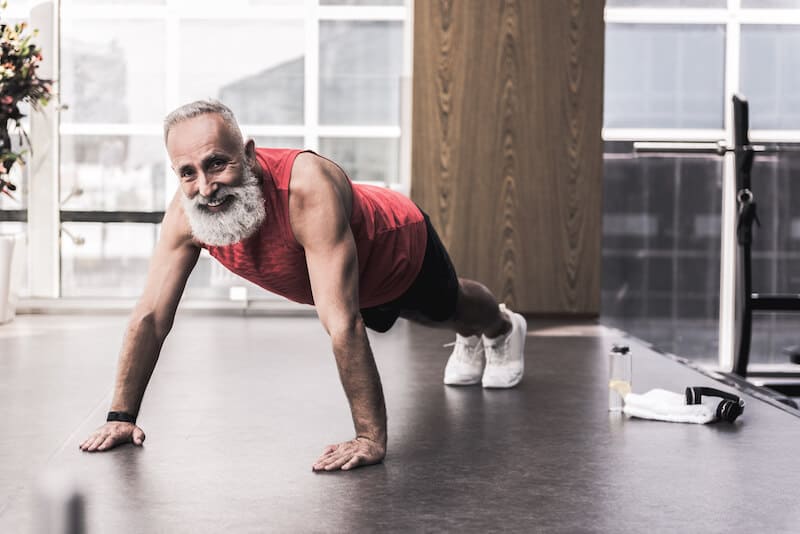
4 Exercise Myths for Older Adults
We can all agree that movement becomes more challenging over time.
Toddlers and young children seem like they can play for hours on end, teenagers and young adults are in the prime of their sports careers, and those in middle adulthood may pick up a favorite yoga or cycling class.
Fast forward to your mid-60’s and you can’t remember the last time you stepped foot into the gym. Not to mention, you have a collection of reasons as to why being active is no longer an option for you. Well, we’re here to bust these myths friends!
Let’s take a look at the top 4 exercise myths for older adults and see how regardless of age or ability, you can still find a way to exercise to stay active, healthy, and strong.
Myth #1: I’m too old and fragile to exercise; I could get hurt or break something.
Unless a medical professional (i.e. your MovementX physical therapist) or a physician has told you otherwise, exercise can make you the opposite of fragile! If you don’t believe us or think you are too weak to bounce back, read on.
Exercise Improves Muscle Strength
Sarcopenia is defined as loss of skeletal muscle mass and overall strength. It is associated with age, gender, and physical activity levels. Looking at those three contributors, which one can you control?
If you put in your vote as physical activity, you win! Age does play a factor in muscle loss, but exercise can prevent loss or improve muscle mass.
Exercise Promotes Joint Mobility
Muscles mass supporting your joints can assist in proper joint mobility. Just as your muscles can atrophy without regular exercise, as can the cartilage that cushions your joints. Your joints are more resilient with regular exercise.
Exercise Slows Bone Loss
Exercise not only slows bone loss for those at risk or with osteopenia and osteoporosis, but it can also improve bone density.
With both weight-bearing activities that induce approximation of the bones, as well as resistance training activities that increase load on your bones, these exercises can incite bone forming cells to get working and build stronger bone.
Exercise Improves Balance and Endurance
Regular exercise can improve balance, and increase our ability to recover and get up if we do end up on the ground.
About one third of adults age 65 years and older experience at least one fall accident per year, and the rate of falls and severity of the resulting complications increases with age.
Physical activity, especially activity that includes balance training, can greatly reduce the risk of falling. But as we know, falls can be inevitable. With regular exercise, the ability to tolerate a fall increases, with less chance of significant injury.

Myth #2: 30 minutes of walking a few times a week is enough exercise for me.
This amount of walking is great, but did you know there are recommendations from the American Heart Association for the amount, intensity, and types of exercise?
Take a look and see how this walking program should be supplemented with additional strength training and more intense aerobic activity.
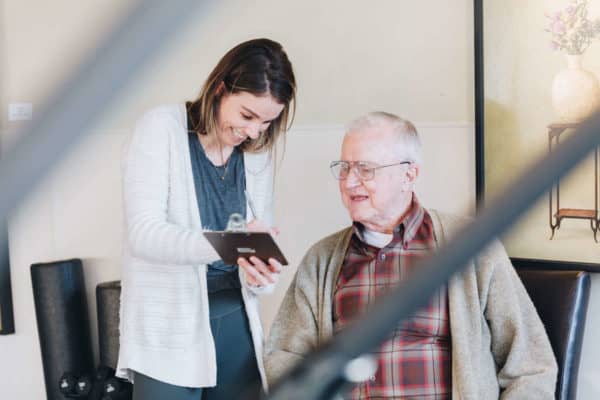
Myth #3: I’m over 70; it’s too late for me to start an exercise routine now.
This simply is not true! Exercise, at all ages and stages in life, has proven to be beneficial.
- Body: exercise can lower risk of cardiovascular disease, stroke, diabetes, dementia, and certain types of cancer
- Mind: exercise can improve mental health, including mood, memory, sleep, anxiety, and depression
- Spirit: exercise can improve self-confidence, energy, and motivation for being social
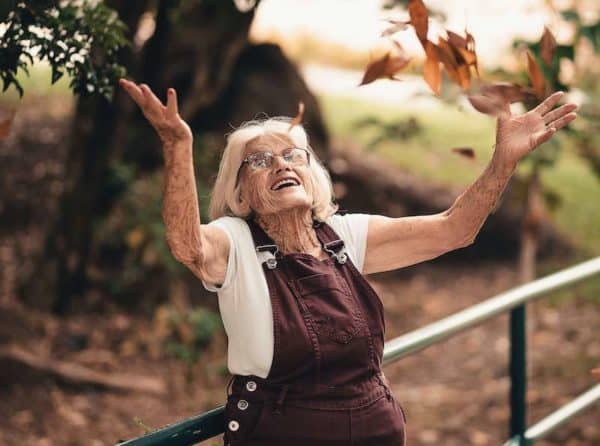
Myth #4: I have arthritis and joint pain; exercise will only make that worse.
Ahh, the dreaded joint pain. We must save the best for last! If we could bust any exercise myth for older adults by putting an ad up in Times Square, it would be this one.
I’m sure you have already guessed it, but the recommendation (excluding some severe orthopedic issues) is to keep moving!
Joints are designed to move
Every body needs to move. The trick is finding the best specific exercise for your body, age, ability, and goals. The right exercise can…
- Increase joint synovial fluid, the body’s natural joint lubricant
- Send blood, oxygen, and nutrients to our joints
- Build muscle around the joint, which improves stability and protects the joint
Problems stem from a lack of movement or improper movement
Though you might think exercise would aggravate your joint pain and stiffness caused by arthritis, it is exactly the opposite! Lack of exercise or proper movement actually makes arthritic joints even more painful and stiff.
- Remember, keep exercise relatively low impact. We don’t want anyone suffering through movement that flares arthritis pain.
- Advance in intensity when it feels right, but go slowly and trust your body! Maybe start with some bodyweight strengthening, and then add weights or resistance once you are confident you are nailing it.
- Use heat and ice as needed to care for any joints that need a little extra TLC.
Example: Exercising with back pain
Back pain is one of the leading causes of activity limitations throughout the world, with recurring episodes of pain for about 30% of those affected.
However, most back pain can be improved and managed with core strengthening, improved posture, and weight loss.
Core Strength: Remember that your core includes not just those 6-pack abs and obliques, but also the muscles that through your posterior chain and attach to your spine, including the erector spinae and multifidi. Taking time to work on these muscles can improve back pain you may be experiencing!
Posture: Poor posture while sitting and standing can put unnecessary strain and fatigue on your back. Practicing good ergonomics while at work, getting up frequently to walk around or stretch, and performing exercise that improves posture can make all the difference.
Weight Loss: Weight loss (when indicated) can reduce strain on the muscles and ligaments that keep your spine in proper alignment. Weight loss can also reduce the pressure on discs that support the spine. Weight loss can even improve inflammation, joint pain, and overall wellness!
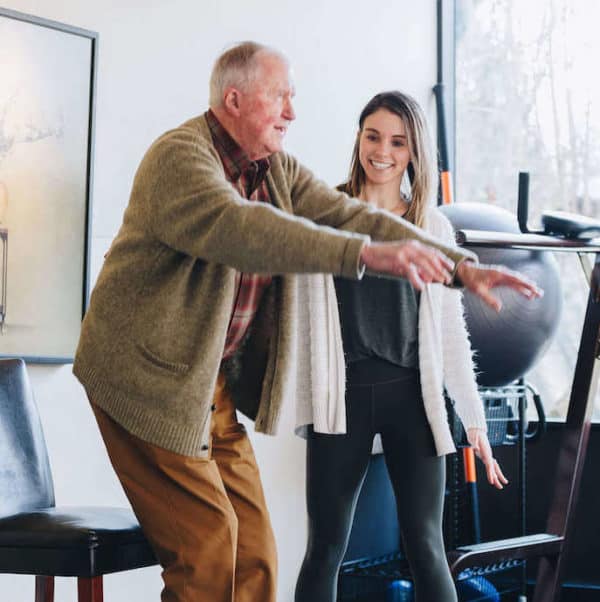
Conclusion
One truth has been repeated throughout this article…
Healthy movement is the key to a brighter, more functional, and more robust future.
This truth busts the 4 exercise myths for older adults mentioned in this article and many, many more.
As we age, physical activity becomes even more important. If you still aren’t sure, schedule a session with one of MovementX’s physical therapists or personal trainers.
Additionally, take a look at www.ageproofyourbody.com and consider joining this community of like minded older adults who continue to move together every week.
About AgeProof Your Body
AgeProof Your Body is a specialized online exercise community for anyone 60+ who wants to stay healthy, active, and strong from the safety of home. Designed and lead by the trusted physical therapists at MovementX, this virtual community exists to help you gain strength, improve balance and flexibility, and ensure you can move your best and live your best—regardless of age.



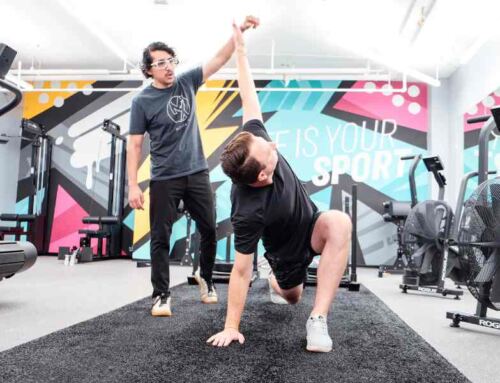
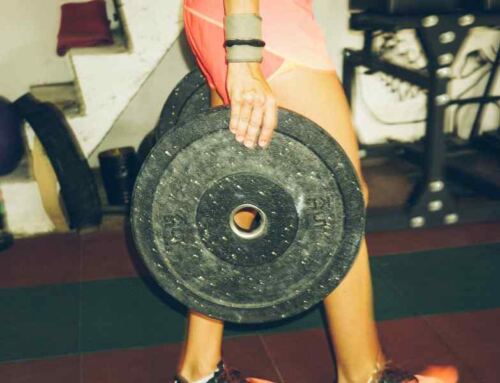
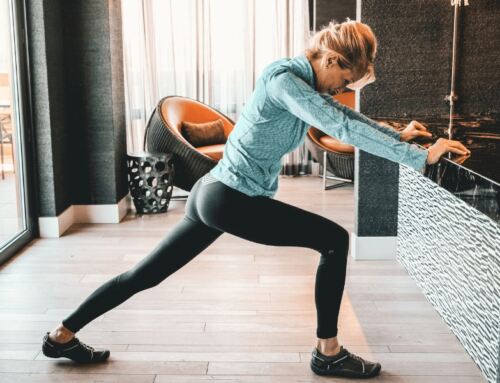
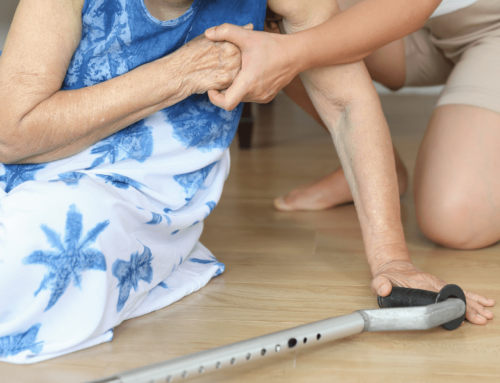
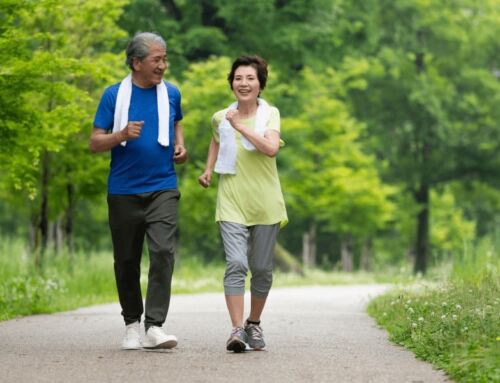
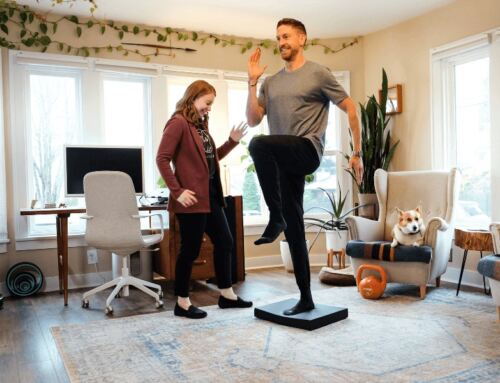
Thanks for an excellent blog! Well stated and encouraging. See you online tomorrow, as usual. Also like the new, cleaner format!
Love this! Very inspiring and informative!